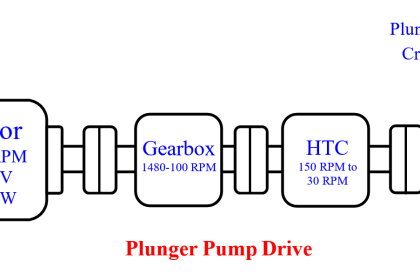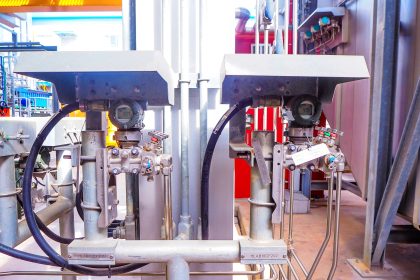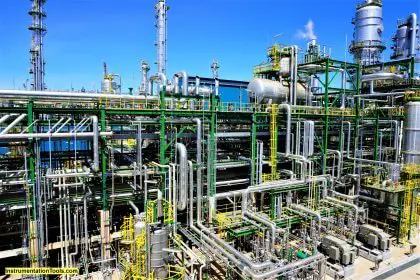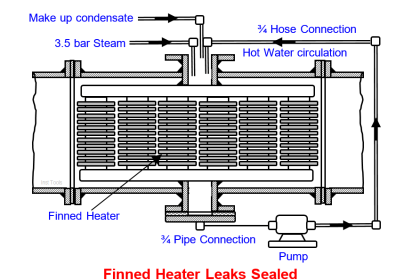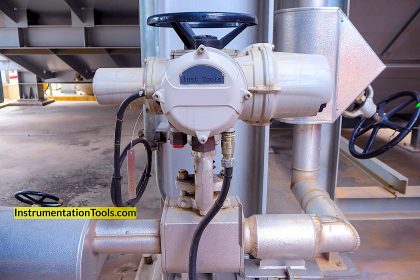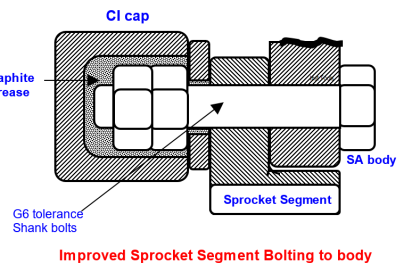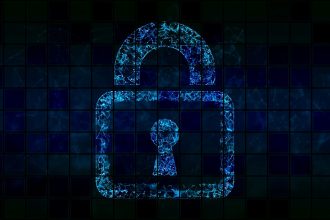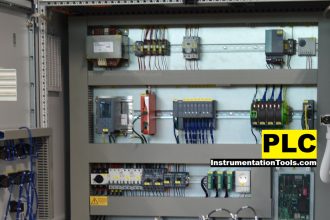Electrical engineering root cause analysis (RCA) related to Arc Fault Breaker (AFB) and its problem solved.
| Article Type: | Root Cause Analysis (RCA) |
| Category: | Electrical |
| Equipment Type: | Bus ducts, Switchgear, Transformers, |
| Author: | S. Raghava Chari |
Note: This root cause analysis (RCA) is from real-time scenarios that happened in industries during the tenure of two or three decades ago. These articles will help you to improve your troubleshooting skills and knowledge.
Arc Fault Breaker Problem
Shock Pulse Meter (SPM) readings entering the yellow zone within 6 months and the red zone within a month from then required too often bearing changes and resulted in production loss and heavy maintenance expenses.
The electrical and even most mechanical crew accepted it as a way of life attributing spurious bearings prevalence, though the company bought bearings from manufacturer authorized outlets only.
The author carefully studied Arc Fault Breaker (AFB) catalogs to refresh his AFB know-how.
The following appealed to him:
- Designers select bearings for 7x24x365 machines for 50, 000 hours to 200, 000 hours i.e. 5.7 to 22.8 years – a year = 8760 hours – depending on service criticalities
- 10% of so selected AFBs may serve 5 times the selected lives
- One should minimize heat generation by vendor recommended adequate lubrication
- Crew must replace failed bearings with basic + equipment maker specified prefix and or suffix numbers, and not by basic numbers, which only often punched on bearings.
The author read these lines from the catalogs and urged the group to do their best to realize similar Arc Fault Breaker (AFB) lives.
He pointed out several never dissembled six years servicing equipment AFBs good SPM readings. However, the group seemed still skeptical.
The author taken steps
The author observed bearing replacements and noted the following:
- Crew had to apply several shifts of unauthorized violent methods to extract coupling halves (CH) and failed AFBs; mostly they fail and finally resort to flame cutting both.
- The above process often injures the shafts and necessitates shaft repairs or even making new shafts
- Almost all AFBs / CH on shop made / repaired shafts had to be flame cut
The above 3 factors opened the Author’s eyes! He checked with the shop engineer and found that machinists machine shafts dia for 80 to 100 microns interference fit AFBs/CHs!
Obviously, this is far higher than the AFB catalogs specified transition fit by machining the shaft for m6 tolerance. This works out for a thumb rule figure of 1/7 micron / mm shaft dia clearance or interference for the common 25 to 150 mm bore AFBs / coupling halves.
The author read these to the crew and urged fitting Arc Fault Breaker (AFBs) and CH accordingly.
He instructed further the following to realize the objectives:
- Do not flame heat AFB or CH for insertion
- Ensure shaft dia is of m6 tol for bearings and k7 for couplings and coupling bore tol H7
- Soak AFB / CH in oil bath held at 80o C hotter than room temperature for 5 to 10 min
- Remove the AFB / CH, wipe the bore and shaft seat oil free, insert the AFB / CH and allow to cool. Complete other steps if any.
- If the parts don’t fit easily check dimensions and correct
- Inject grease every 2000 / 1000 hours for 4 / 2 pole motors;
- Wash the old grease every 36 / 18 months with suitable solvents and refill fresh grease 2/3 the bearing volume and assemble the machine. Do not remove bearings from the shafts.
- SPM Monitor bearing condition at site experience determined frequency. Schedule and replace AFBs within a month on noting yellow zone readings.
- Select Proper couplings – e.g. pin and bush couplings in place of tire couplings for sleeve bearing motors.
Realized Benefits
The realized benefits are;
- Arc Fault Breaker (AFB) lives exceeded design lives i.e. far fewer AFB changes and far more on stream hours
- Failed AFB and CH removal was easy and anyone did it. No more waiting for the ‘experts’ and they too failing in most cases
Author: S. Raghava Chari
Do you face any similar issues? Share with us through the below comments section.
If you liked this article, then please subscribe to our YouTube Channel for Instrumentation, Electrical, PLC, and SCADA video tutorials.
You can also follow us on Facebook and Twitter to receive daily updates.
Read Next:
- Poorly Built Switchgears
- Failing Weigh Feeders and Drives
- Frequent Lightning Arrester Burst
- 110 KV Connection to Feeder A
- Transformer Electrical Problem Solved
